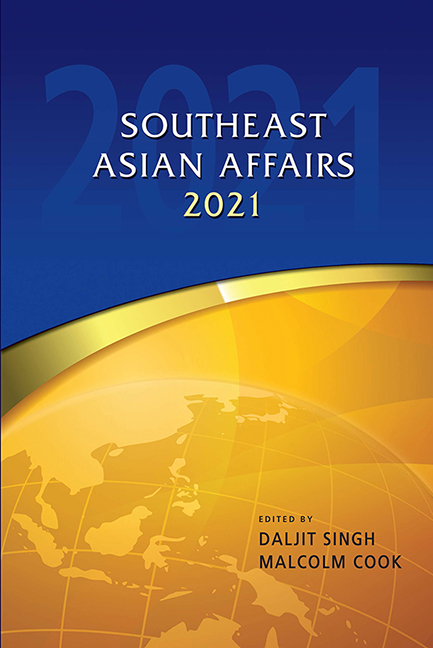The Role of Digital Media in Singapore’s General Election 2020
Published online by Cambridge University Press: 09 October 2021
Summary
The COVID-19 pandemic has changed how politics and societies operate worldwide. Stay-at-home restrictions were imposed, to varying extents, in around seventy per cent of countries globally. In Singapore, the government imposed a “circuit breaker”, or a lock-down, in April 2020 to limit the spread of COVID-19. During the circuit breaker, most workplaces were closed except for those providing essential services, and schools moved to full home-based learning. The priority to manage community spread led to a slew of social-distancing measures, which remained in place even after Singapore lifted the circuit breaker on 1 June. It was amidst this disruption that Singapore held its 13th General Election on 10 July 2020. In the run up to the election, the Elections Department (ELD) announced new campaigning guidelines for political candidates. Some of the changes included the limitation of walkabouts and door-to-door campaigning to groups of not more than five and a prohibition on physical election rallies and large gatherings. In view of the new restrictions, all political parties and constituents were given additional airtime on national television. In addition to the party political broadcasts, the ELD introduced the constituency political broadcasts (CPBs) to give political candidates more airtime. Also, for the first time in Singapore's election history, a political debate featuring candidates from the People's Action Party (PAP), the Workers’ Party (WP), the Progress Singapore Party (PSP) and the Singapore Democratic Party (SDP) was broadcast live on national television and simultaneously streamed on YouTube.
Given the campaigning restrictions, political parties ramped up their digital outreach efforts on social media platforms like Facebook, Instagram and Twitter. Apart from the CPBs that were aired on television, voters tuned in to e-rallies and candidate speeches via the official social media accounts of political parties. Because of the shift of political campaigning to the online space, in the lead-up to Polling Day on 10 July the 2020 election was much hyped as an “Internet election”.
This chapter will examine the role of digital media during the election, with a focus on citizen engagement. Our observations indicate that the COVID-19 restrictions did not stymie the engagement of voters with the election. Social media and instant messaging (IM) platforms were verdant grounds for citizen-generated content, which ranged from information-packed voting resources to satire-laden memes.
- Type
- Chapter
- Information
- Southeast Asian Affairs 2021 , pp. 313 - 332Publisher: ISEAS–Yusof Ishak InstitutePrint publication year: 2021

